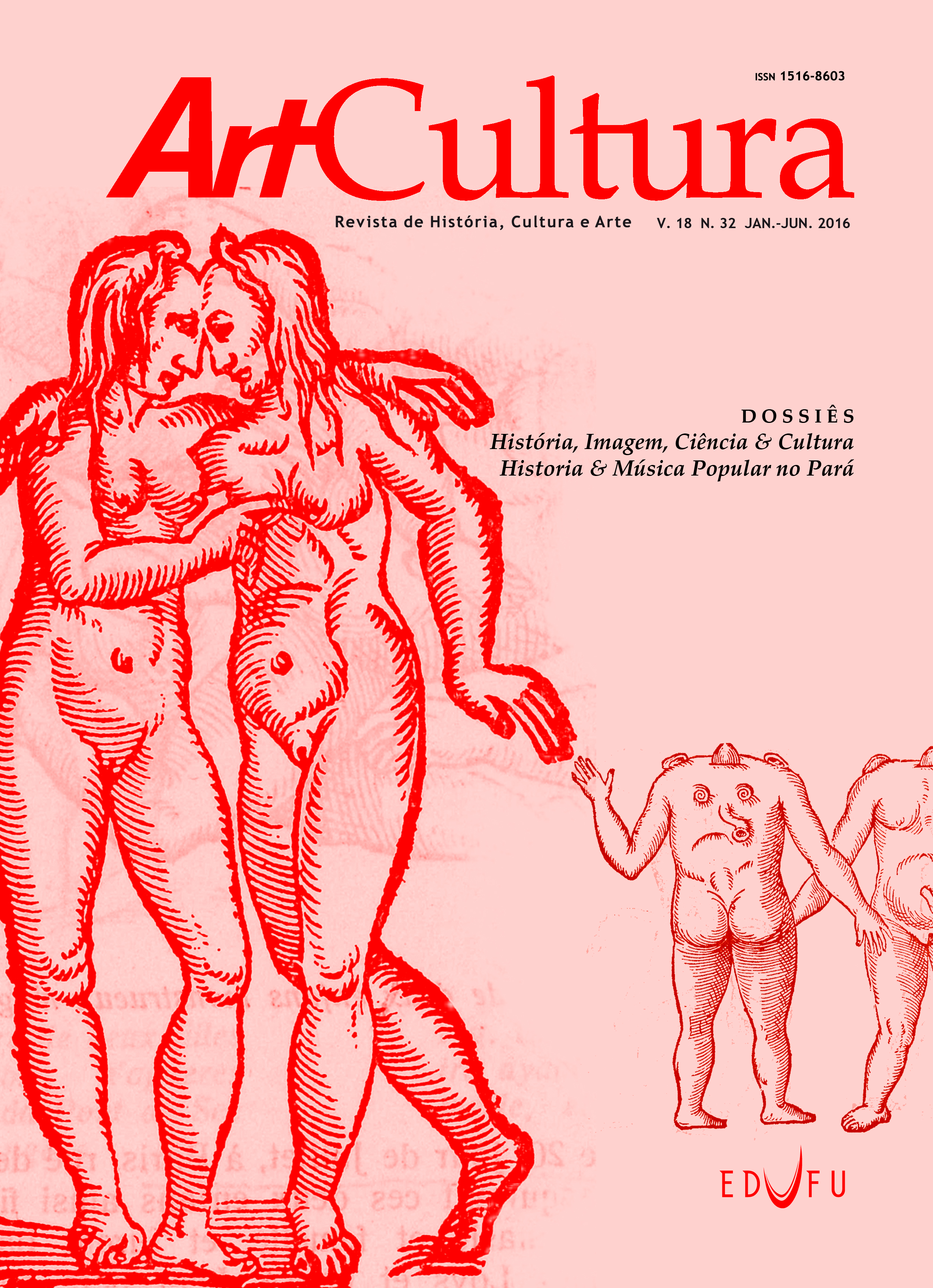Between popular and mass culture: the corridos after the 1910 Mexican Revolution
Abstract
The Mexican corrido achieved its maximum expression in the first decades of the twentieth century, being widely used to disseminate revolutionary events and ideals, especially among the illiterate peasant population. After the end of the Revolution, in 1920, there was a noticeable change regarding song appropriation: driven by the cultural and phonographic industry, there was a switch from oral and written tradition onto mass tradition. Faced with this new reality of the Mexican musical scene, marked by amarginalization of peasant culture relative to media production, adjustingthe corridos genre to to new times proved crucial for its survival. In particular, the Zapatista-themed southern corridos fell into disuse due to the impositions of the music industry before being revitalized by a discography project in the 1980s.
keywords: corridos; popular music; cultural industry.
Downloads
Downloads
Published
How to Cite
Issue
Section
License
Autores que publicam nesta revista concordam com os seguintes termos da licença Creative Commons, adotada a partir da ArtCultura, v. 21, n. 39 (jul.-dez. 2019).
CC BY-NC-ND 4.0: o artigo pode ser copiado e redistribuído em qualquer suporte ou formato. Os créditos devem ser dados ao autor original e mudanças no texto devem ser indicadas. O artigo não pode ser usado para fins comerciais. Caso o artigo seja remixado, transformado ou algo novo for criado a partir dele, ele não pode ser distribuído.
Autores têm autorização para assumir contratos adicionais separadamente, para distribuição não exclusiva da versão do trabalho publicada nesta revista (ex.: publicar em repositório institucional ou como capítulo de livro), com reconhecimento de autoria e publicação inicial nesta revista.


